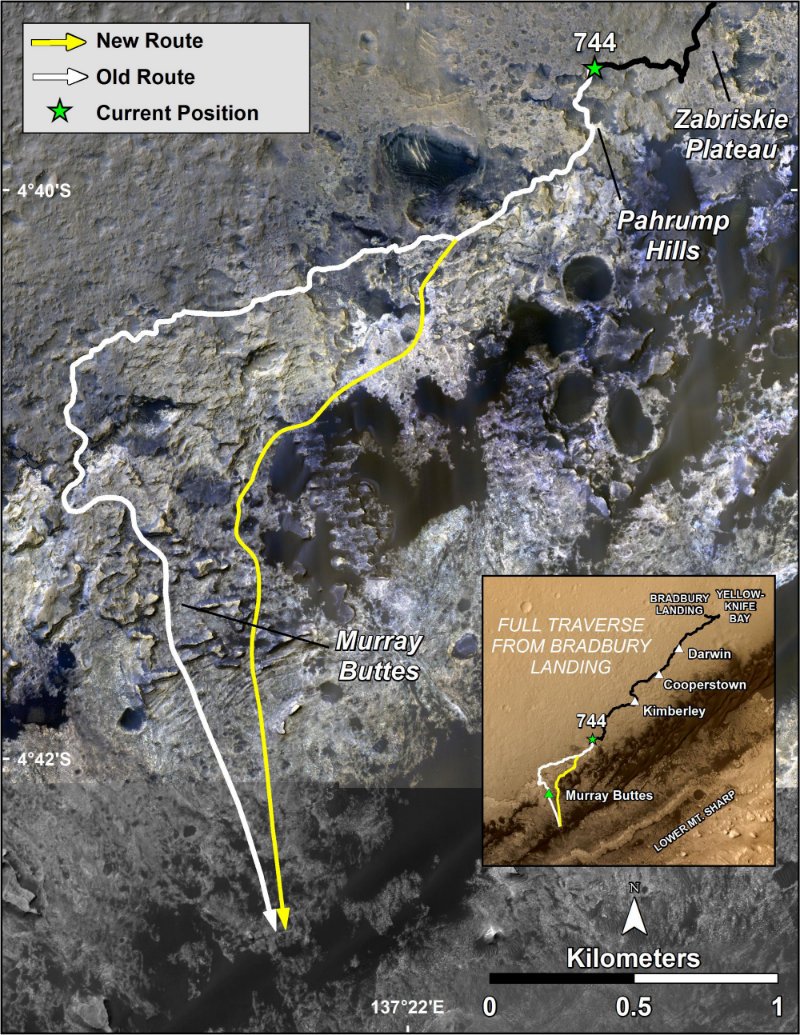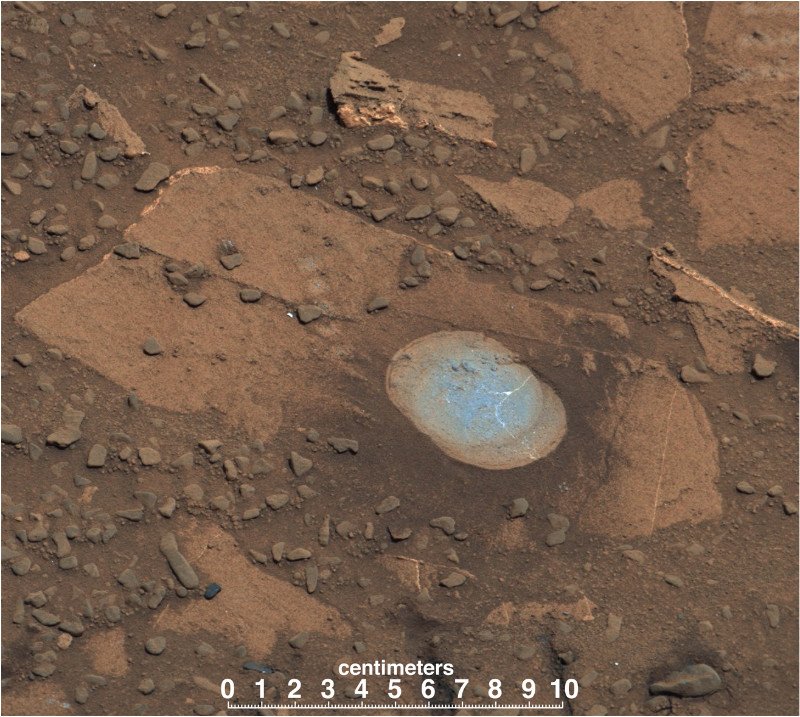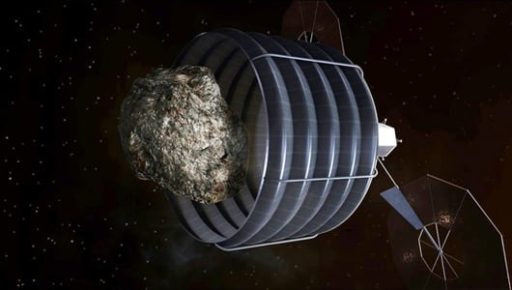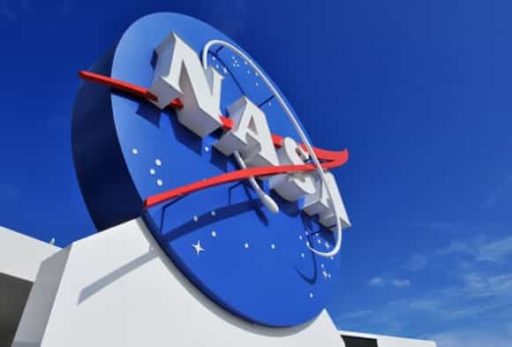Space agency NASA is now in a very jolly mode. Why? Because after two years of driving and drilling on Mars, Curiosity has finally arrived at the base of Mount Sharp, at the center of Gale Crater.
Curiosity was launched from Cape Canaveral on November 26, 2011. 8 months later, the rover overcame the “Seven Minutes of Terror” and landed on Aeolis Palus in Gale Crater on Mars on August 6, 2012 (05:17 UTC). Since then, Curiosity has been roaming around. But its final destination on Mars was the Mount Sharp.
The mountain Mount Sharp is 5.5-kilometer (18,000 feet) high that rises from the floor of Gale Crater — the 96-mile crater on which the rover landed. Last year in June, Curiosity was in Glenelg. After finishing its tasks there, it set out for Mount Sharp. Note that, Mount Sharp is the last destination of Curiosity.
But why Mount Sharp is the last destination of Curiosity? Well according to NASA, the sediments and rocks at Mount Sharp have many different layers, which can give us a lot of insight into Mars’ history, according to NASA. NASA believes that these layers could reveal a lot of secrets of Mars. And to reveal the secrets, Curiosity may have to drill the layers, sediments and rocks.
However, now Curiosity has reached the base of the 3.4-mile (5.5 kilometers) mountain Aeolis Mons, unofficially dubbed Mount Sharp. Curiosity project scientist John Grotzinger has said, “It’s really an honor and a privilege for me to be able to tell you all that we have finally arrived at the far frontier that we have sought for so long.”
It is to be noted here that mission controllers on Earth brought Curiosity to Mount Sharp via a somewhat different path than initially planned. Partially due to unexpected wear on the 1-ton rover’s wheels and new science data, scientists took the rover on a path to the south, which led to the rover’s arrival at the base of the Mount Rainier-sized mountain earlier than expected.
Curiosity is now preparing to dig into the Martian dirt, probing the mountain’s base for clues about the planet’s past. It will now start examining an area called Pahrump Hills instead of rolling on to another point called Murray Buttes and moving into the mountain’s terrain there as previously planned.
Source: NASA (JPL)
Thanks To: The New York Times
[ttjad keyword=”laptop-lenovo”]






